5 Spice Secrets of Asian Flavors That Will Blow Your Mind (and Taste Buds)
If you’ve ever bitten into a steaming dumpling, inhaled the aroma of a sizzling wok, or marveled at how one dish can deliver sweet, salty, sour, bitter, and umami all in one bite—you’ve tasted the magic of Asian flavors. But behind that magic are some seriously powerful players: spices.
In this post, we’re pulling back the curtain on the most iconic spice blends and flavor profiles across Asia. Whether you're a seasoned pro or just starting out with chili oil and star anise, there’s something here for everyone.
Why Asian Spices Are So Special
Asia isn’t just one flavor—it’s a whole continent of them. From the fiery heat of Sichuan peppercorns to the floral notes of cardamom in Indian chai, each region has its own signature blend of aromatics, herbs, and spices that define its cuisine.
- Spices often serve multiple purposes: flavor, preservation, medicine, and even spiritual significance.
- Many Asian spice traditions date back thousands of years, refined through generations of home cooks and professional chefs alike.
- What sets them apart? The way they balance intense heat, deep umami, and complex aromatics is nothing short of alchemy.
The Power Players: Must-Know Asian Spices
| Spice | Origin | Flavor Profile | Common Use |
|---|---|---|---|
| Star Anise | China/Vietnam | Sweet licorice-like taste | Used in pho broth, braises, and five-spice powder |
| Sichuan Peppercorn | Sichuan, China | Tingly, numbing heat | Lamb stir-fries, mapo tofu, hot pot |
| Galangal | Thailand | Sharper than ginger, piney, citrusy | Tom Kha Gai, Thai curry pastes |
| Kaffir Lime Leaves | Thailand/Indonesia | Intense citrus aroma | Curries, soups, salads |
| Shichimi Togarashi | Japan | Peppery with a kick | Seasoning ramen, grilled meats, noodles |
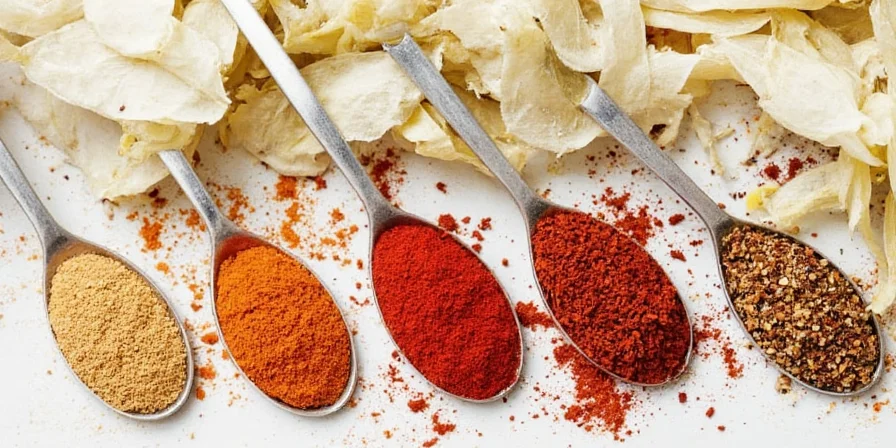
Secret #1: Master the Art of Spice Blending
Unlike Western cuisines where spices are often used individually, many Asian dishes rely on blends to create harmony and depth.
- Chinese Five-Spice: Star anise, cloves, cinnamon, Sichuan pepper, and fennel seeds. Used in roasted meats and marinades.
- Garam Masala: Cardamom, cumin, coriander, black pepper, clove, nutmeg. Warms up curries and lentils in Indian kitchens.
- Berbere: Though technically from Ethiopia, it’s widely used in Eritrean and Yemeni diasporas across Southeast Asia. A fiery mix of chili, garlic, ginger, and fenugreek.
Pro Tip:
Mix your own spice blends in small batches to preserve freshness and potency. Store them in airtight jars away from light and heat.
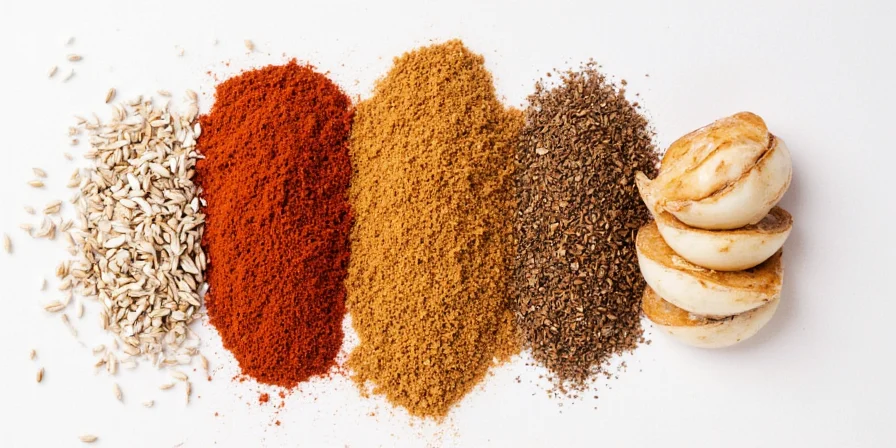
Secret #2: Don’t Underestimate Toasted Spices
One of the best-kept secrets in Asian cooking is the practice of toasting spices before grinding or adding them to dishes. This technique unlocks their natural oils and aromatic compounds, making the flavors more intense and nuanced.
- Toast whole cumin seeds in a dry pan until fragrant—this enhances their earthy warmth.
- Coriander seeds become sweeter and slightly citrusy when toasted.
- Black mustard seeds crackle and pop when heated, releasing a nutty, pungent scent perfect for pickling or tempering curries.
Pro Tip:
Use a heavy-bottomed skillet over medium heat. Stir constantly to avoid burning—once the fragrance hits you, they’re ready!
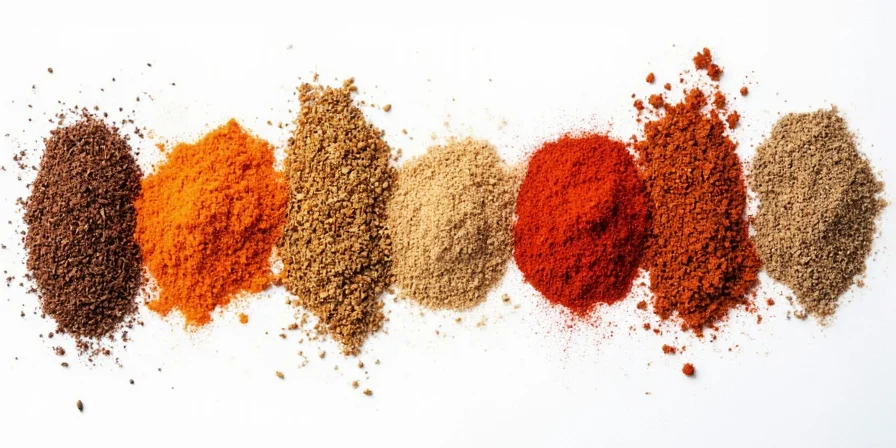
Secret #3: Layer Your Flavors Like a Pro
Great Asian food doesn’t come from just throwing spices into a pot. It comes from layering different textures and temperatures of ingredients so that every bite sings.
- Start with aromatics: onions, garlic, ginger, lemongrass.
- Add ground or powdered spices next to bloom in oil (a.k.a. “blooming” releases flavor).
- Follow with liquids: broths, sauces, coconut milk, etc.
- Finish with fresh herbs or toasted spices for contrast.
Pro Tip:
In Thai curries, toast the curry paste in oil first before adding coconut milk. This creates a richer base and more complex flavor profile.
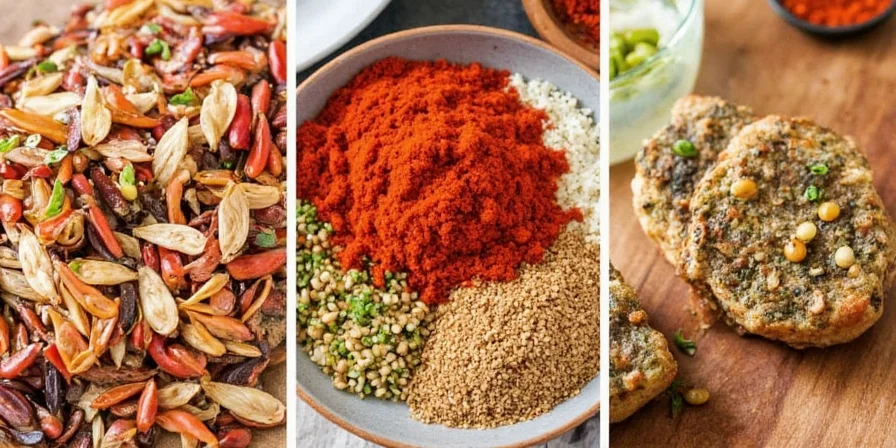
Secret #4: Fresh vs. Dried Spices – Know When to Use Which
It’s not always better to use fresh. Sometimes dried spices bring more punch and convenience to the table.
| Spice Type | Best For | Examples |
|---|---|---|
| Fresh | Strong volatile aromas that fade quickly | Garlic, ginger, lemongrass, kaffir lime leaves |
| Dried | Stable, concentrated flavors; easier to store | Cinnamon sticks, turmeric powder, chilies, star anise |
Pro Tip:
Use frozen grated ginger or pre-minced garlic if you want fresh flavor without the hassle of peeling and chopping.
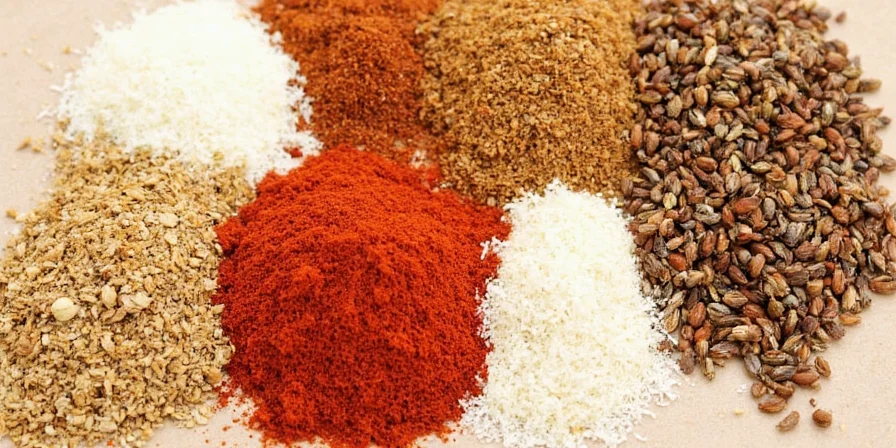
Secret #5: Balance Is Everything
What separates good Asian cooking from great? Balance. In many traditional dishes, flavors are carefully orchestrated to hit all five taste sensations: sweet, salty, sour, bitter, and umami.
- Use palm sugar or honey to round out spicy or sour dishes.
- A dash of fish sauce adds depth and saltiness to soups and stir-fries.
- Lime juice brightens up rich stews or grilled meats.
- A sprinkle of MSG (used sparingly) boosts umami in vegetarian dishes.
Pro Tip:
If a dish feels flat, add a pinch of salt, a squeeze of lime, or a spoonful of tamarind paste to wake it up.
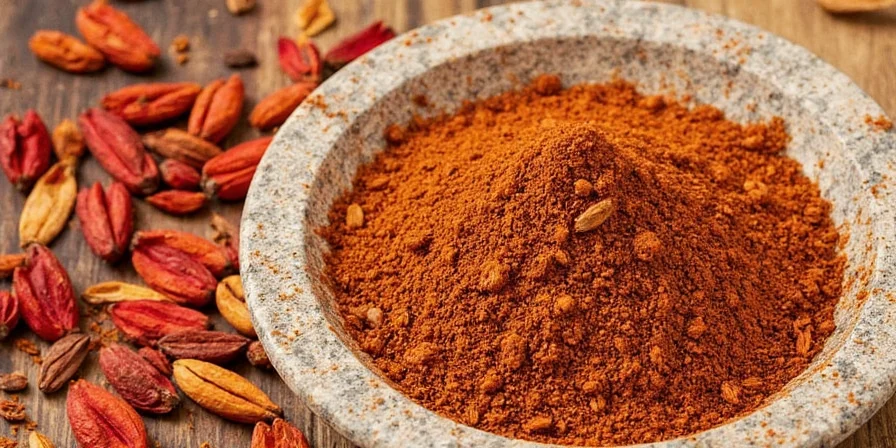
Quick Recap: Spice Up Your Asian Game
Let’s wrap this up with a handy checklist to keep in your kitchen arsenal:
- ✅ Always toast whole spices before grinding for deeper flavor.
- ✅ Keep both fresh and dried versions of key ingredients for flexibility.
- ✅ Build flavor layers by blooming spices in oil after aromatics.
- ✅ Experiment with traditional spice blends like garam masala, Chinese five-spice, or ras el hanout.
- ✅ Balance your flavors—never settle for blandness!
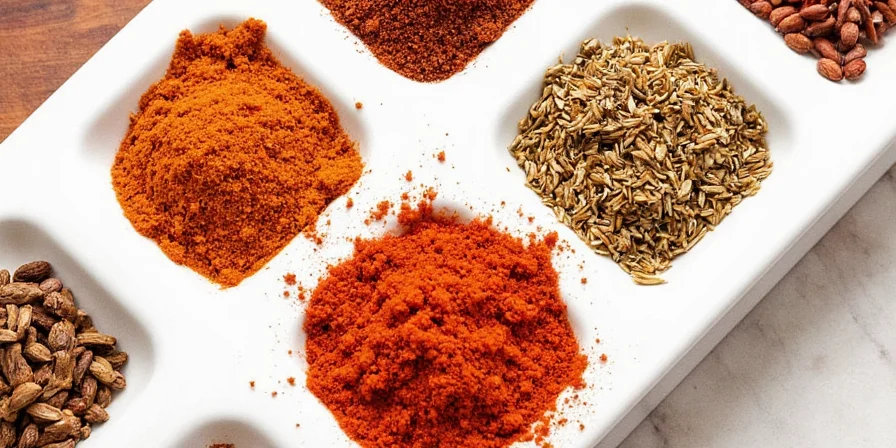
Final Thoughts: Spice Is the Soul of Asian Cuisine
Asian flavors aren’t just about heat or exotic ingredients—they’re about storytelling through taste. Each spice carries a history, a tradition, and a unique personality. By understanding and respecting those nuances, you’ll not only elevate your cooking but also connect with cultures in a deeply meaningful way.
So the next time you reach for that jar of five-spice or grab a handful of dried chilies, remember: you’re holding centuries of culinary wisdom in your hands. And now, thanks to this blog, a few more tricks up your sleeve.
Conclusion
Mastering Asian flavors doesn't have to be intimidating. With the right spices, a bit of patience, and a willingness to experiment, anyone can recreate restaurant-worthy dishes at home. Whether you're exploring the bold complexity of Sichuan peppercorns or the comforting warmth of garam masala, spices are your gateway to global flavors—one bite at a time.
So go ahead—spice it up, mix it well, and don’t forget to enjoy every flavorful moment.

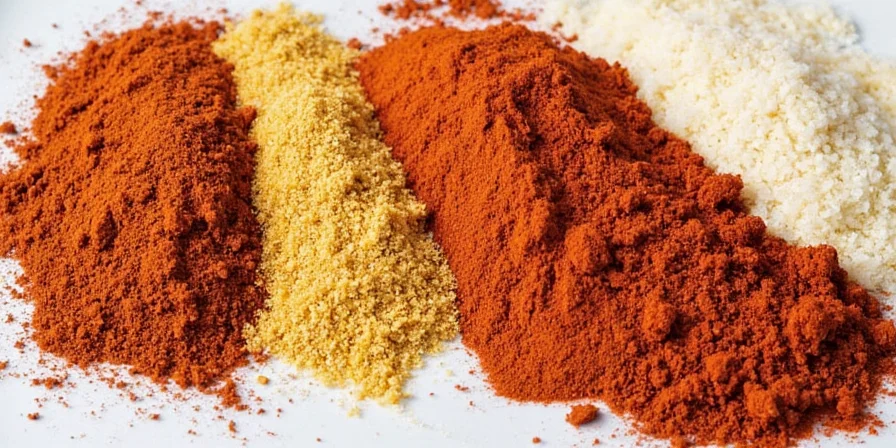









 浙公网安备
33010002000092号
浙公网安备
33010002000092号 浙B2-20120091-4
浙B2-20120091-4